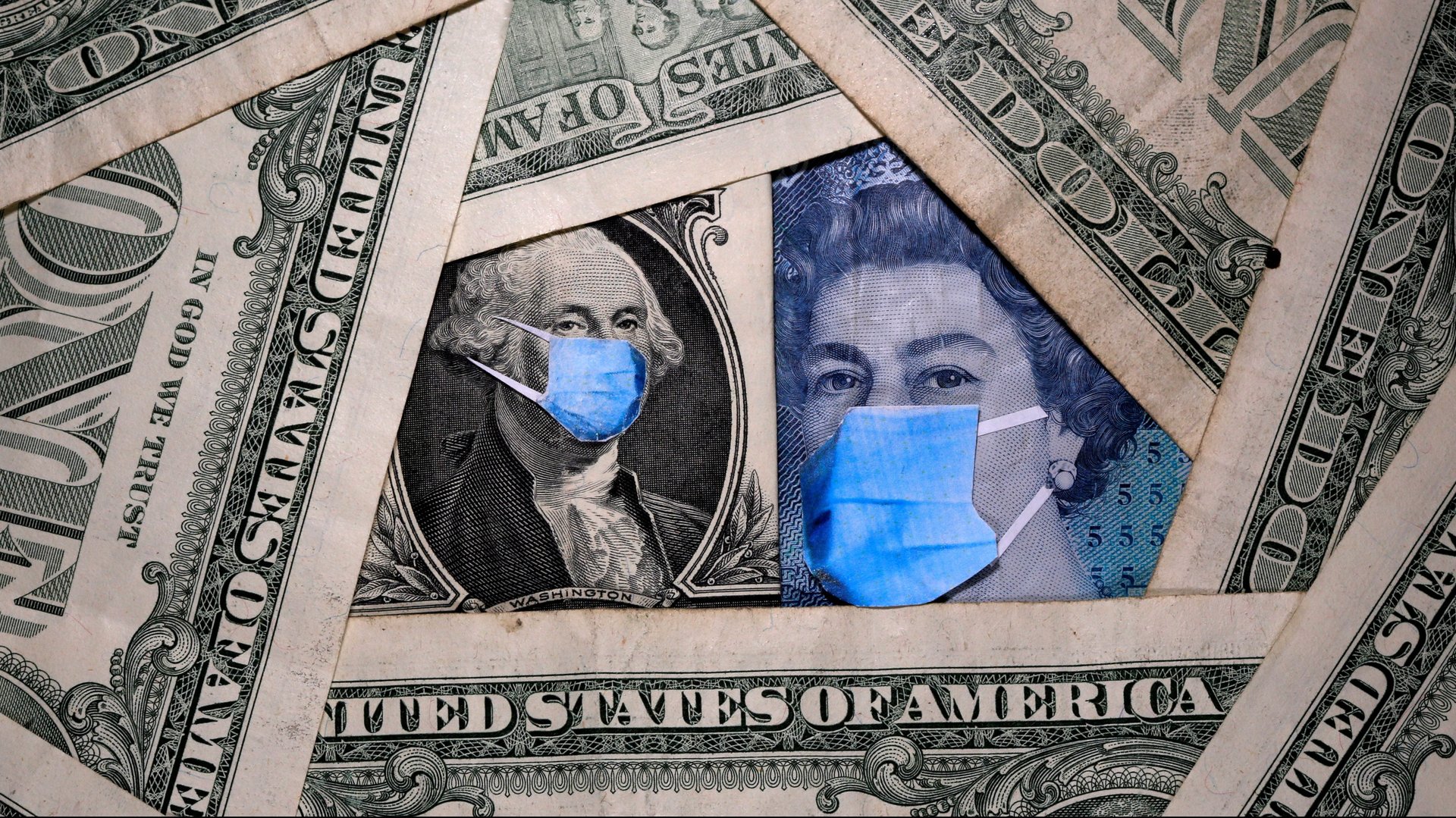The bailouts have begun. Bring on the investigations
Many billions of dollars in government aid have gone out the door to shore up business of all sizes, and more is soon to follow. It’s time to see where that money has ended up.


Many billions of dollars in government aid have gone out the door to shore up business of all sizes, and more is soon to follow. It’s time to see where that money has ended up.
Governments around the world have allocated more than $5 trillion to bolster their economies against what may well be the worst disruption since the Great Depression. In the US, the $2 trillion CARES Act contains an array of programs, with another $250 billion expansion for small enterprises waiting in the wings. The UK rolled out a job retention scheme today and has been tweaking emergency lending programs for companies, which got off to a shaky start. Germany and Switzerland also have efforts that are spinning out loans to small operators.
What little we know about who is actually getting this money is mostly anecdotal. In the US, Shake Shack, with a market capitalization of around $1.7 billion, tapped a Small Business Administration program that was rapidly depleted; its CEO said on LinkedIn that the burger chain is giving the money, which is meant for small enterprises, back to the government. Meanwhile the biggest worry in the UK is that money isn’t going out quickly enough. Little attention appears to have been paid to transparency in Britain so far.
If recent history is any guide, there’s reason to be skeptical that the torrent of government funds will always get to the intended hands. Foreign banks were heavy users of emergency lending at the Federal Reserve during the financial panic a decade ago—a fact that wasn’t uncovered until a lawsuit from Bloomberg forced the central bank to disclose it. In today’s crisis, some hedge funds have applied for the Paycheck Protection Program, Bloomberg reports, an initiative that’s widely seen as aid meant for small businesses like dentists and restaurants, and not for financial companies that can continue operating despite quarantines and lockdowns.
“We’ve been through this rodeo before,” said Ben Koltun, senior research analyst at Beacon Policy Advisors in Washington. A decade ago the $700 billion Troubled Asset Relief Program sparked widespread political fallout: It was seen as a bailout for banks that protected investment bankers while regular workers suffered from a deep recession and high unemployment.
“As big as the response in 2008 and 2009 was, this response is so many times larger—this is more comparable to America’s response to World War II,” Koltun told Quartz. “If this is poorly executed with a lack of transparency and fraud, it could create a serious backlash in the years to come.”
The most important thing, economists say, is to dump a lot of money into the system and to dump it quickly. Officials have been forced to shutter businesses and seal off travel to contain the breakout of Covid-19, and the government has to keep the economy on life support. Immense spending and lending programs have been assembled so quickly that some amount of fraud is inevitable.
That said, transparency could make some people think twice before abusing the spirit of the government funding. In Britain, the Financial Inclusion Centre is pushing for regulators to provide reports on lending that has taken place through the UK’s business interruption programs for small and large businesses. The not-for-profit policy group advocates, among other things, providing information on the value of the loans made through the schemes, sector and regional breakdowns, revenues generated, and margins made on the borrowing, according to a draft of recommendations seen by Quartz.
In the US, some oversight efforts are starting to take shape. Appointments for the Congressional Oversight Commission are taking place, and the president will reportedly tap Brian Miller, a White House lawyer, as Special Inspector General for Pandemic Recovery. A Pandemic Response Accountability Committee will have the power to conduct audits and investigations into abuse and fraud. The New York Federal Reserve says it will provide information on certain corporate credit facilities, but it’s not clear what information will be provided for other lending programs.
A key question for inspectors and oversight committees is how granular the public disclosures should be. In one sense, taxpayers should probably know as much as possible about how their money is being used. At the same time, (genuinely) small enterprises probably aren’t accustomed to so much public scrutiny, and too many disclosures could make some executives skittish about accepting funds that could help protect jobs.
Koltun said there’s a balance between transparency and creating a stigma that damages the purpose of this emergency aid. But it’s important to make sure the oversight is effective because the consequences of these immense government programs are likely to be lasting.
“This is going to have long-term reverberations,” he said.